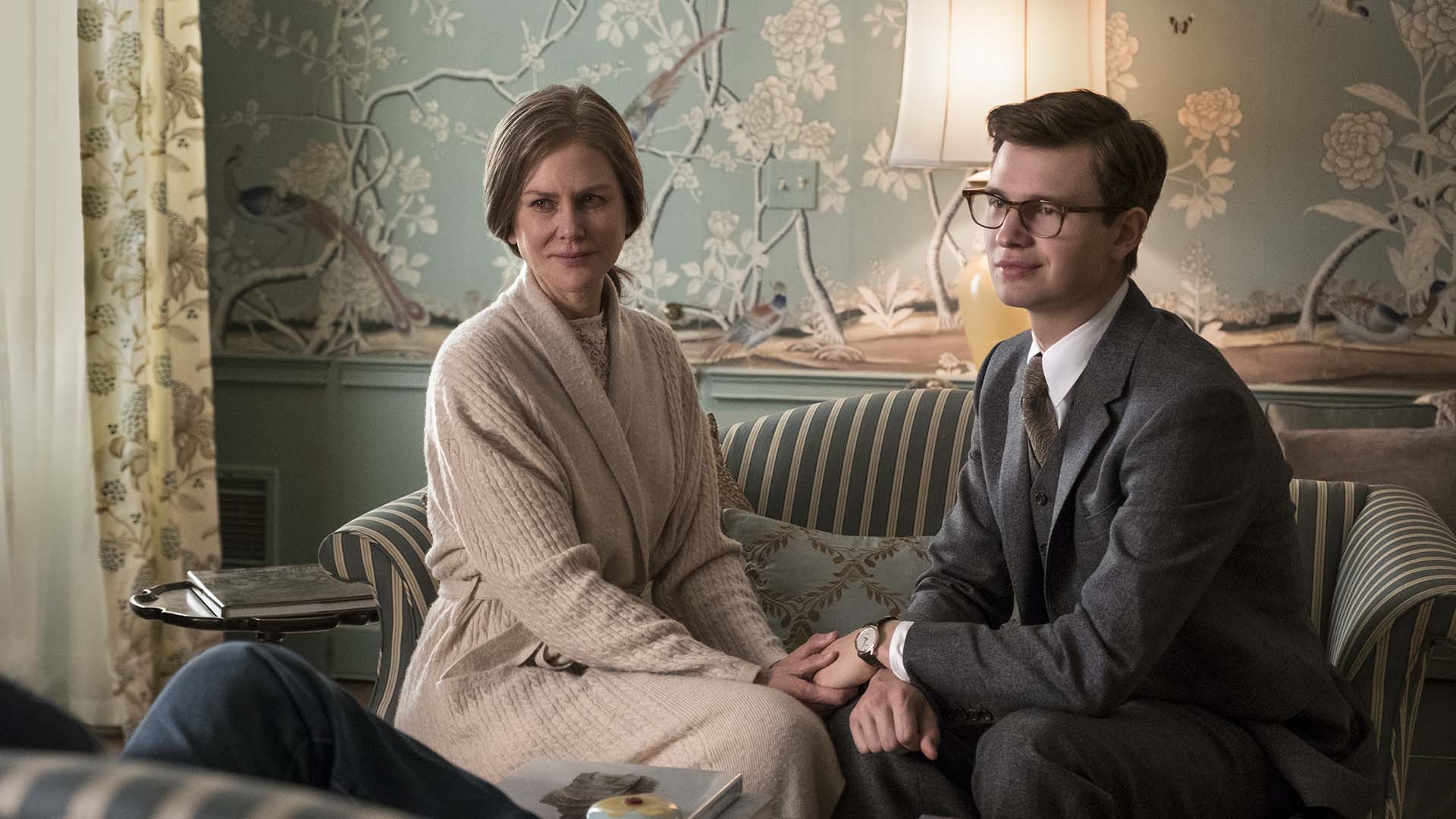The Goldfinch
Despite seemingly boasting all the right elements, this book-to-screen adaptation mirrors its namesake and fails to fly.
Overview
A best-selling, Pulitzer Prize-winning novel. A filmmaker fresh from directing another literary adaptation to three Oscar nominations. A cast of high-profile faces spanning Nicole Kidman, Jeffrey Wright (Westworld), Finn Wolfhard (Stranger Things) and Ansel Elgort (Baby Driver). Regardless of whether screenwriter Peter Straughan counts as a strength or a weakness — he scripted the excellent recent version of Tinker Tailor Soldier Spy, but was also responsible for the horrendous The Snowman — The Goldfinch definitely doesn't lack in pedigree. Alas, as based on Donna Tartt's 2013 book and directed by John Crowley (Brooklyn), the result is a curious film. It's easy to see how this neo-Dickensian coming-of-age tale about a traumatised teen, an explosion, a stolen painting and the chaos that follows could enthral on the page; however it's just as easy to remain distanced from it on the big screen.
When viewers first meet Theo Decker (Elgort), he's a suave, drug-addicted twentysomething in Amsterdam. How he got there, why he's so stressed and strung out, and why he's muttering about an artwork called The Goldfinch are all soon relayed via flashbacks. At the age of 13, Theo (Oakes Fegley, Pete's Dragon) visits the Metropolitan Museum of Art with his mother, survives a bombing that claims her life, and leaves with a ring he's asked to return to an antiques dealer (Wright) — as well as the famed 1654 piece by Carel Fabritius that gives the movie its name. When he's happily bunking down with the wealthy family of one of his private school classmates, and hoping that their matriarch (Nicole Kidman) will adopt him, Theo hides the stolen painting. As he's struggling through a strained Las Vegas reunion with his compulsive gambler dad (Luke Wilson) and bartender girlfriend (Sarah Paulson), the portrait haunts him. And, after he's all grown up, back in New York and trading in antiques himself, the picture remains out of sight but never out of Theo's mind.
While The Goldfinch takes its moniker from the beloved masterpiece and tasks its protagonist with fixating on it, the priceless artwork means more here as a symbol than as an object. A knowledge of art history will help audience members, but the film does eventually explain the painting's fascinating background, its parallels with Theo's journey, and why it represents the enduring nature of beauty in shaping both individual and collective memories. That said, on a narrative level, the piece is hardly crucial — especially given the hectic wave of unlikely events that keep befalling Theo both as an adolescent and as an adult. Indeed, as their lead character befriends a rebellious Ukrainian (Wolfhard), obsesses over a flame-haired fellow survivor (Ashley Cummings), reignites old acquaintances and gets immersed in shady dealings on opposite sides of the world, Crowley and Straughan can't be accused of skimping on plot.
Story-wise, there's rarely an empty moment. What the feature lacks, however, is the space to truly value anything of importance — and space to appreciate why its namesake is so emotionally and thematically pivotal. Much of The Goldfinch's troubles stem from its on-screen structure, which, ditching the novel's linear timeline, flits back and forth between the younger and older Theo. While it's an expressive choice, designed to convey the adrift and uncertain inner state plaguing its central figure, it largely plays as needlessly convoluted. As a result, the movie feels simultaneously laborious, rushed and distracted across its 2.5-hour running time — like it's packing as much as possible onto its large canvas in a purposeful, painstaking way, then devoting its time to watching paint dry rather than soaking in the details.
In the film's visuals and performances, there's still something to relish. It helps immensely that The Goldfinch has enlisted one of the best cinematographers in the business, with Roger Deakins as talented at making his peach and gold-tinted frames resemble great art as he was at navigating a neon-hued futuristic world (and winning an Academy Award, too) in Blade Runner 2049. Fine-tuned portrayals by Kidman, Wright and Fegley also assist, although Elgort comes across as opaque rather than conflicted, Wolfhard is blighted by his cartoonish accent, and Wilson and Paulson seem like they've stepped in from another movie entirely.
What ultimately lingers, though, is an unfortunate comparison. It's an obvious one, as happens whenever a movie calls attention to a far superior work, and it doesn't serve Crowley's film well. It never escapes attention that Fabritius' painting depicts a creature capable of flying high, but firmly stuck in place — a feat that, despite seemingly boasting all the right elements, The Goldfinch mirrors in all the wrong ways.





